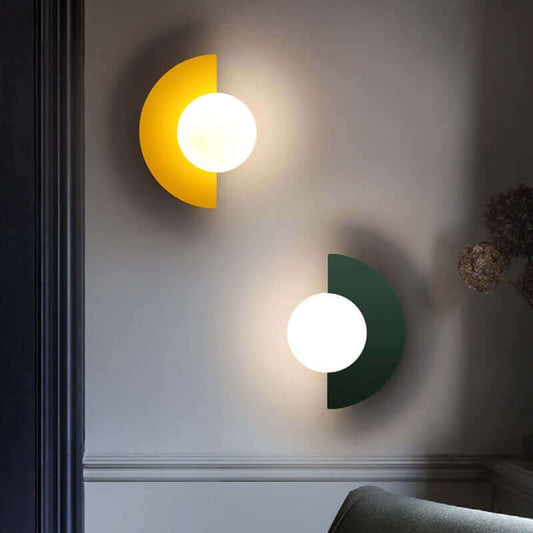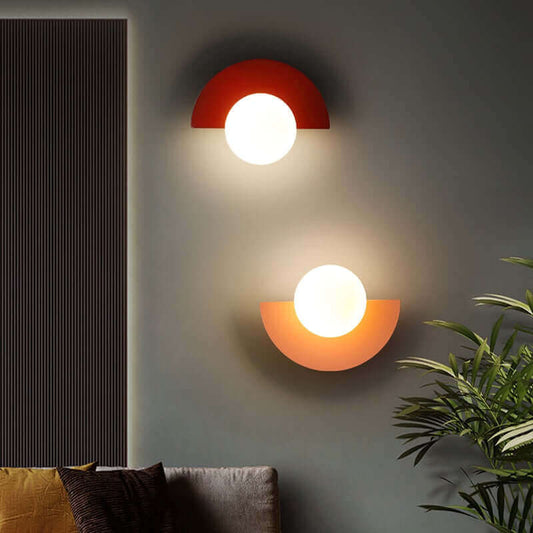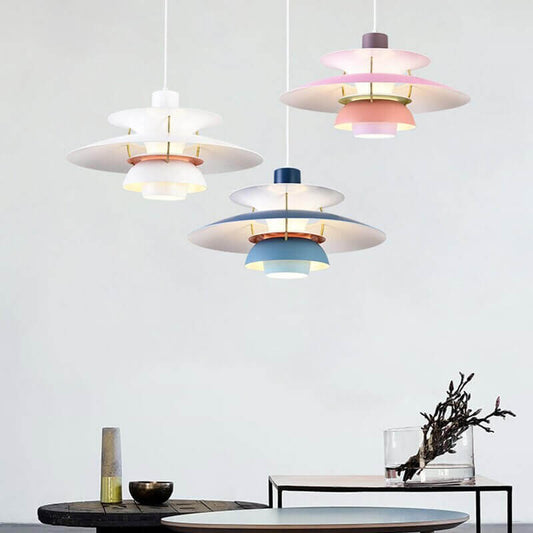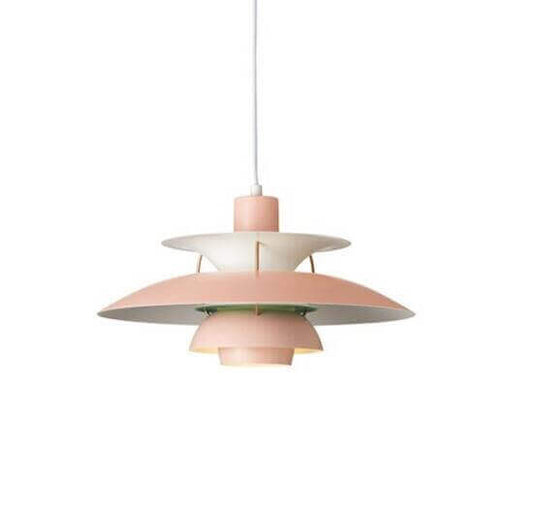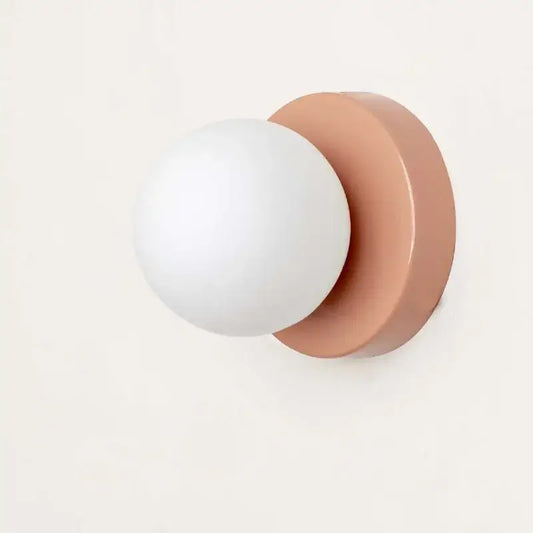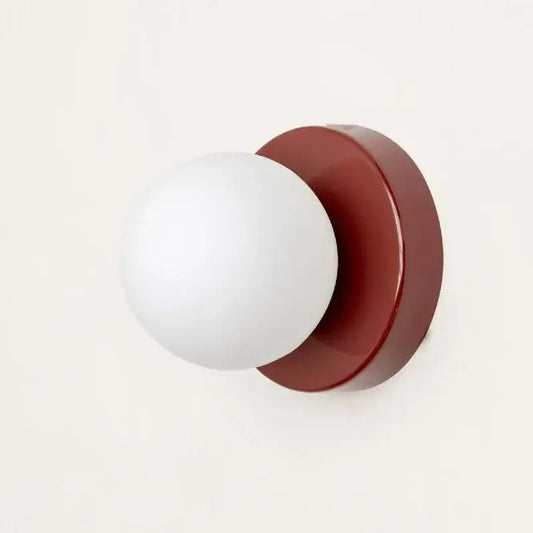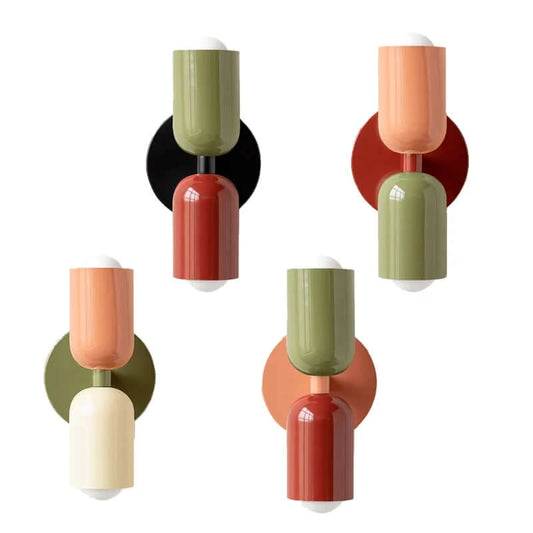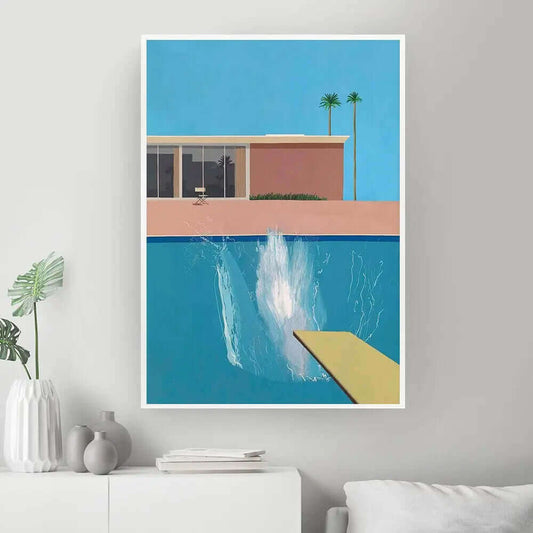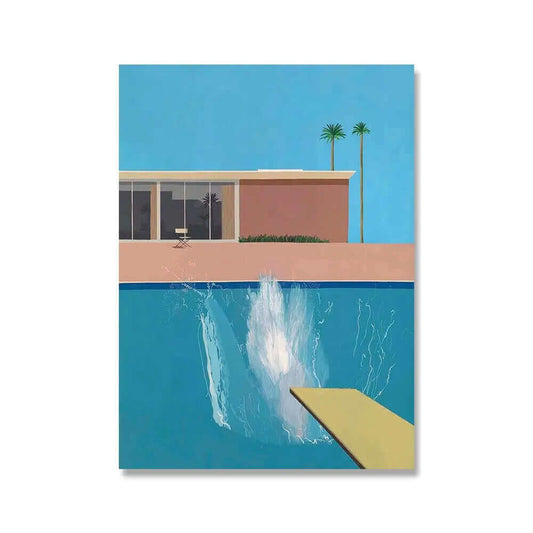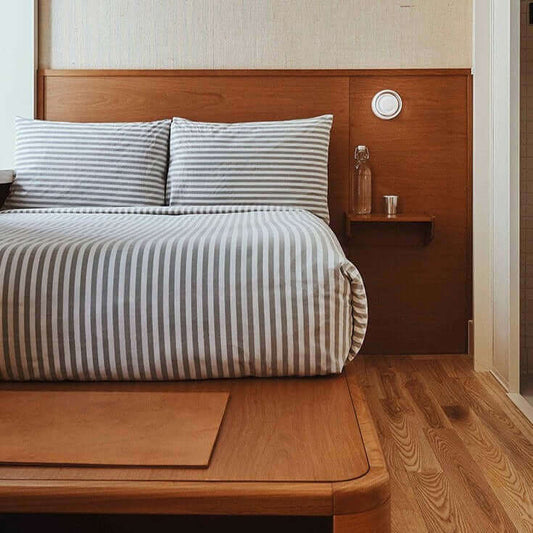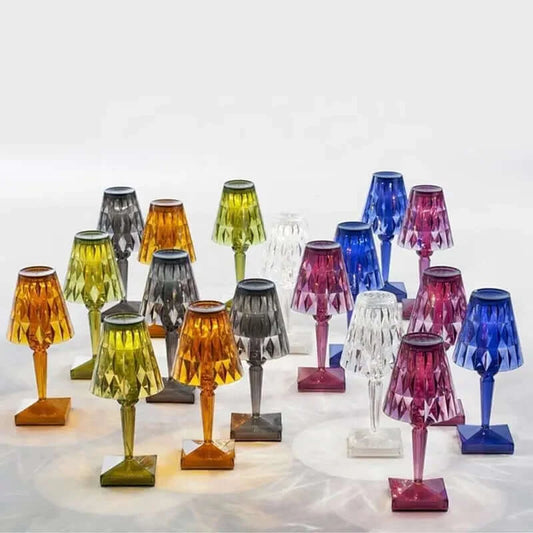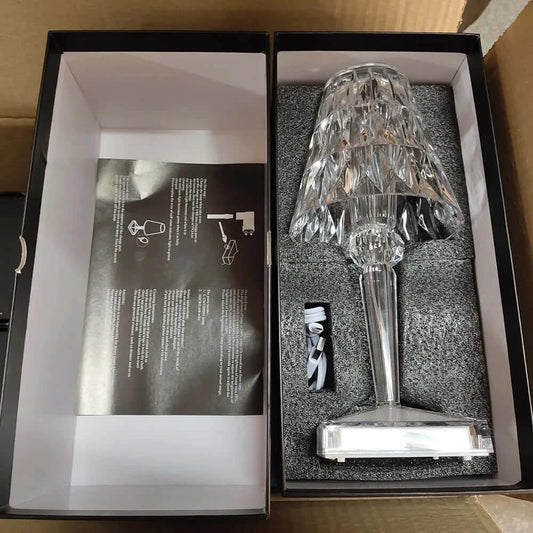Lighting is more than just a functional aspect of any space; it plays a crucial role in the aesthetic and emotional experience of our environments. The unique characteristics of a space, often dictated by its architectural elements, significantly influence our lighting choices. Whether it’s selecting floor lamps, table lamps, wall light fixtures, or ceiling light fixtures, understanding the relationship between architecture and lighting design is essential for optimal Interior Design. This blog post will delve into how various architectural styles and elements dictate lighting choices, thereby enhancing the overall ambiance of a room.
Understanding the Basics: Architecture and Lighting
Before exploring specific visual aspects, it’s vital to grasp the fundamental relationship between architecture and lighting. Architecture dictates how a space is organized, influences the flow of movement within it, and creates an overall aesthetic. Meanwhile, lighting is a key element in showcasing these architectural features.
By thoughtfully integrating lighting with architecture, designers can enhance features like decorative moldings, textures, and lines, effectively creating moods and atmospheres. The right choice of lighting can also help emphasize the dimensions and open spaces created by the architectural design.
Architectural Styles and Lighting Choices
Different architectural styles require different lighting approaches. Let's explore some popular styles and consider how they influence our lighting choices:
1. Modern Architecture
Modern architecture, characterized by clean lines, minimalism, and large expanses of glass, is best complemented by simple yet impactful lighting. The goal in such spaces is often to create a seamless transition from indoor to outdoor lighting.
- Floor Lamps: Sleek and streamlined floor lamps work well in modern spaces, providing both style and functionality without overwhelming the design.
- Table Lamps: Using geometric shapes in table lamps helps maintain the design ethos of modern architecture while adding warmth to the atmosphere.
- Wall Light Fixtures: Integrated wall light fixtures can highlight architectural features like angles and shapes, enhancing modernistic design elements.
2. Industrial Architecture
Industrial spaces often have raw materials, exposed beams, and an entirely different aesthetic. Lighting choices in these settings can be bold and expressive.
- Ceiling Light Fixtures: Vintage or exposed bulb ceiling light fixtures can add character while illuminating the rugged nature of industrial architecture.
- Wall Light Fixtures: Wireframe wall light fixtures fit well into this aesthetic, echoing the raw materials around them.
- Floor Lamps: Tall, sturdy floor lamps made from metal can intensify the ruggedness while providing light aesthetically.
3. Classic Architecture
Classic architecture, with its symmetry, ornamentation, and rich details, often requires more sophisticated and layered lighting solutions.
- Chandeliers: Opulent chandeliers can act as statement pieces, complementing the grandeur of the architecture.
- Table Lamps: Intricately designed table lamps can provide soft illumination while enhancing detailing in classic furniture.
- Wall Light Fixtures: Decorative wall light fixtures that provide a warm glow help to bring out the textures and intricacies in classic designs.
4. Nordic Architecture
Nordic architecture is characterized by light and simplicity. The focus is on creating airy spaces filled with natural light. Lighting choices here often aim to enhance brightness and warmth.
- Floor Lamps: Simple floor lamps with soft light can create cozy nooks without cluttering the minimal space.
- Table Lamps: Light wood or white table lamps can enhance the aesthetic while maintaining the simplicity Nordic design embraces.
- Ceiling Light Fixtures: Flush mount or pendant ceiling light fixtures that maximize light flow are crucial in Nordic designs.
The Role of Lighting in Functionality and Mood
Lighting serves not only an aesthetic purpose but also plays a critical role in the functionality of spaces. By understanding how various architectural features connect with different types of lighting, you can enhance the utility of your environment.
Layering Light for Functionality
Incorporating layers of light—ambient, task, and accent—is essential in achieving both functionality and desired mood. Here’s how to approach it:
Ambient Lighting
This is the general illumination that allows you to move around safely. Architectural elements like high ceilings can benefit from enhanced ambient light through strategic placement of ceiling light fixtures.
Task Lighting
Task light focuses on a specific area where activities like reading and cooking take place. Table lamps and floor lamps can effectively serve this function, providing the necessary light where it’s most needed.
Accent Lighting
Accent lighting draws attention to architectural features and design elements, creating a focal point. Wall light fixtures are great for highlighting art pieces or architectural details.
Choosing the Right Color Temperature
Another critical aspect of lighting influenced by architecture is color temperature. While natural light has a color temperature of about 5000K, artificial lighting can range from cool white (above 4000K) to warm white (below 3000K).
Architectural Enhancements through Color Temperature
Understanding how the color temperature of light interacts with materials will help you in your choices:
- Warm Light (2700K-3000K): Ideal for creating cozy and inviting spaces, warm lights are perfect for living rooms and bedrooms. They can beautifully accentuate the warmth of wooden features and textiles.
- Neutral Light (3500K-4000K): This color temperature strikes a balance and works well for kitchens and workspaces, providing adequate visibility while maintaining a soft ambiance.
- Cool Light (5000K+): Best suited for task-oriented spaces such as offices or bathrooms, cool lights can help highlight sleek materials and contemporary designs.
Practical Considerations When Choosing Lighting
While aesthetics and functionality are paramount, practical lighting considerations cannot be neglected. Here are essential factors to consider during lighting selection:
- Placement: Where your lighting fixtures are located can significantly impact the overall feel of a room. Consider how natural light interacts with your chosen fixtures.
- Dimmer Switches: Using dimmer switches allows flexibility, enabling you to adjust lighting levels based on mood and occasion.
- Energy Efficiency: Choosing LED options not only saves energy but also reduces the frequency of replacements.
Bringing It All Together: The Synergy of Architecture and Lighting
The influence of architecture on lighting choices is profound. By selecting the right type of lighting—whether it’s stylish floor lamps, elegant table lamps, versatile wall light fixtures, or ambient ceiling light fixtures—you can underscore the architectural beauty of your space.
Through understanding architectural design concepts and effectively implementing lighting solutions, you’ll create environments that not only showcase structural beauty but also promote functionality and comfort.
Creating Your Dream Space
As we have explored, both architecture and lighting play complementary roles in shaping an interior space. Makers of design—whether interior designers, architects, or homeowners—need to recognize and embrace this relationship.
Now armed with knowledge about how architecture influences lighting choices, you can confidently create your own dream space. Embrace the synergy of lighting and architecture to highlight the exquisite design of your interiors while ensuring comfort and functionality.
Remember, your lighting choices have the power to transform a space and evoke emotions, revealing the true essence of architectural greatness. Engage thoughtfully with your space, and let your lighting choices guide you to create beautiful, harmonious environments.
Step into the world of another store owner by visiting their captivating Shopify store. Click here to begin your journey. Kindly note that this is a promotional link, and we do not take responsibility for the content of the linked store.





